By Harlem World Magazine
In the bustling heart of Harlem, where history whispers through the avenues and streets, a unique endeavor is underway to salvage and celebrate the neighborhood's architectural heritage.
Continue readingBy Harlem World Magazine
In the bustling heart of Harlem, where history whispers through the avenues and streets, a unique endeavor is underway to salvage and celebrate the neighborhood's architectural heritage.
Continue readingTransforming your kitchen into a space that radiates luxury doesn’t have to entail a complete overhaul or breaking the bank.
Continue reading
In any workspace, the reception area serves as the gateway to a business, providing the first impression to visitors and clients. A well-designed reception desk not only enhances the aesthetic appeal but also plays a crucial role in facilitating smooth workflow and efficient operations. When it comes to reception desk dimensions, there's more to consider than just aesthetics. The functionality and ergonomics of the desk are paramount to ensure that it meets the diverse needs of both staff and visitors. Let's delve into the intricacies of choosing the right dimensions for a reception desk to optimize workflow.
Understanding Workflow Dynamics:
Before delving into the specifics of reception table dimensions, it's essential to understand the workflow dynamics within a reception area. Reception desks serve multiple purposes, acting as a point of contact for visitors, a workspace for receptionists, and a hub for administrative tasks. Therefore, the design should accommodate these various functions seamlessly.
Factors Influencing Dimension Selection:
Space Constraints: The available space in the reception area is a significant factor influencing desk dimensions. A reception desk that is too large can overwhelm a small space, while one that is too small may appear cramped and hinder workflow. Thus, striking the right balance between size and available space is crucial.
Traffic Flow: The layout of the reception area and the flow of foot traffic should inform desk dimensions. A reception desk that obstructs the natural flow of movement can impede efficiency and create bottlenecks. Therefore, it's essential to ensure that the desk allows for easy navigation and accessibility.
Accessibility: Accessibility is paramount, especially concerning individuals with disabilities. The reception desk should be designed to accommodate wheelchair users comfortably, with adequate clearance and accessible height.
Ergonomics: Ergonomic design is essential to promote productivity and minimize strain on reception staff. The desk height should be comfortable for both standing and seated positions, with consideration for the use of computer monitors and other equipment.
Choosing the Right Dimensions:
Length and Depth: The length and depth of the reception desk should be proportional to the available space and workflow requirements. A standard-length range from 60 to 72 inches, providing ample workspace for receptionists without overwhelming the area. As for depth, a range of 24 to 36 inches strikes a balance between functionality and space efficiency.
Height: The height of the reception desk is critical for both aesthetic appeal and ergonomic comfort. Standard desk heights typically range from 28 to 30 inches, catering to the average standing height of individuals. However, adjustable-height desks offer flexibility, allowing users to customize the height according to their preferences and needs.
Transaction Counter: A transaction counter or ledge at the front of the reception desk provides a designated space for paperwork, documents, and transactions. The height of the transaction counter should be carefully considered to ensure accessibility for visitors while maintaining privacy and security.
Storage Solutions: Incorporating storage solutions such as drawers, cabinets, and shelves into the reception desk design maximizes organization and efficiency. However, the inclusion of storage should not compromise the overall functionality or aesthetics of the desk.
Case Study: Optimizing Workflow Through Dimensional Design:
Consider a case study of a busy medical clinic seeking to enhance workflow efficiency in its reception area. By analyzing the clinic's space constraints, traffic flow patterns, and ergonomic requirements, the following reception desk dimensions were proposed:
Length: 72 inches
Depth: 30 inches
Height: Adjustable between 28 to 30 inches
Transaction Counter: 42 inches above the floor
This configuration provides ample workspace for receptionists to manage administrative tasks while accommodating wheelchair users comfortably. The adjustable height feature ensures ergonomic comfort for staff members of varying heights, promoting productivity and reducing fatigue. Additionally, integrated storage solutions facilitate organization and streamline workflow processes, enhancing overall efficiency in the reception area.
Conclusion:
Choosing the right dimensions for a reception desk is a multifaceted process that requires careful consideration of space constraints, workflow dynamics, and ergonomic principles. By prioritizing functionality, accessibility, and ergonomics, businesses can optimize workflow efficiency and create a welcoming environment for visitors and staff alike. Whether it's a medical clinic, corporate office, or hospitality establishment, investing in a well-designed reception desk is essential for making a positive first impression and fostering productivity in the workplace.

In the realm of office design, the reception area serves as the first impression, the handshake of a business to its visitors.
Continue readingCreating a productive and inspiring workspace is crucial for professionals in the Philippines who spend a significant portion of their day working in an office.
Continue readingSetting up an office space can be a costly endeavor, especially when it comes to furnishing it with essential items like office tables.
Continue readingIn the ever-evolving landscape of modern workplaces, the cubicle office has become a ubiquitous symbol of professional life.
Continue reading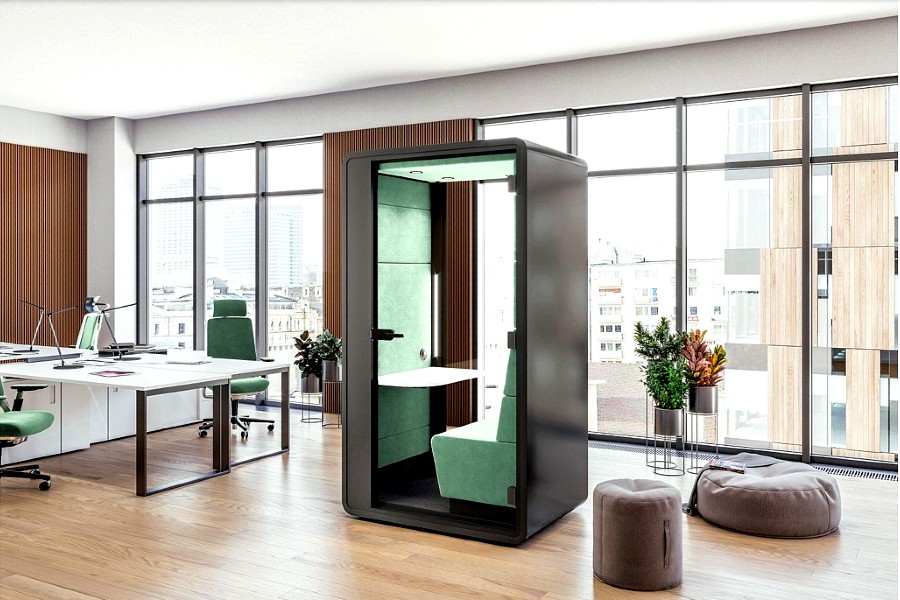
In the dynamic and fast-paced world of business, creating a conducive and healthy work environment is crucial for employee well-being and productivity.
Continue reading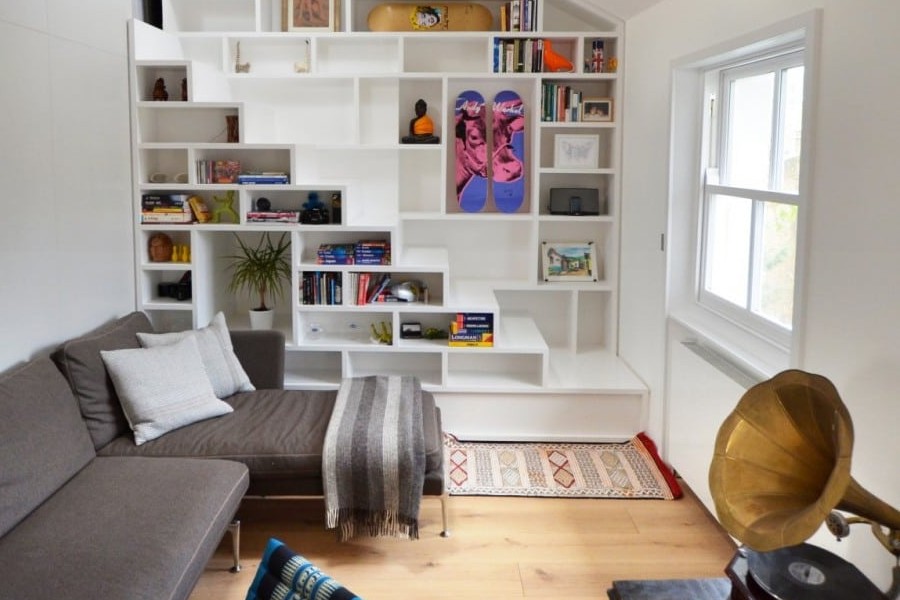
In the realm of furniture design, the synthesis of form and function holds a pivotal position.
Continue readingImagine you have a vision that's as vibrant as your brand. You see a custom marquee that not only shelters your event but also becomes a captivating work of art.
Continue reading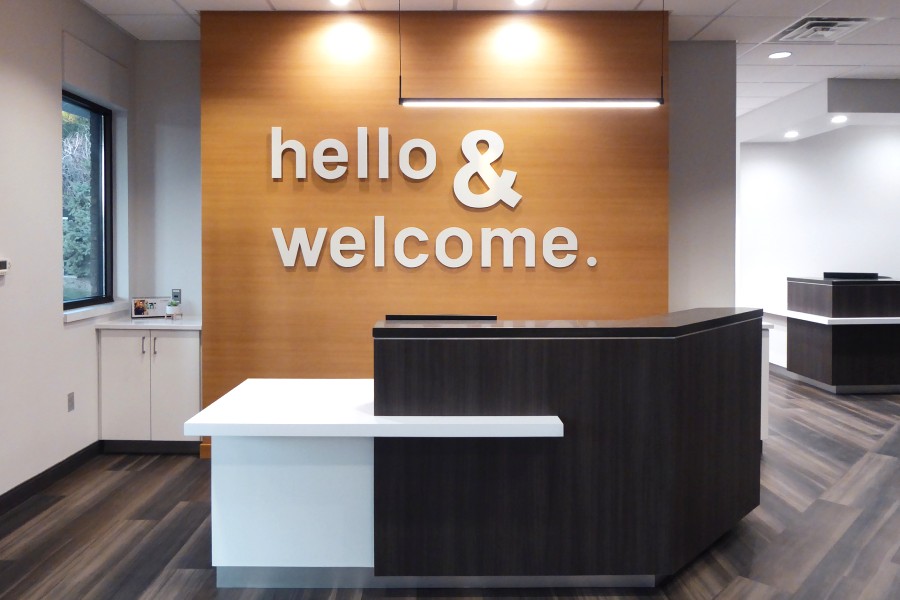
In the fast-paced world of business, the importance of a well-designed and efficient office space cannot be overstated.
Continue reading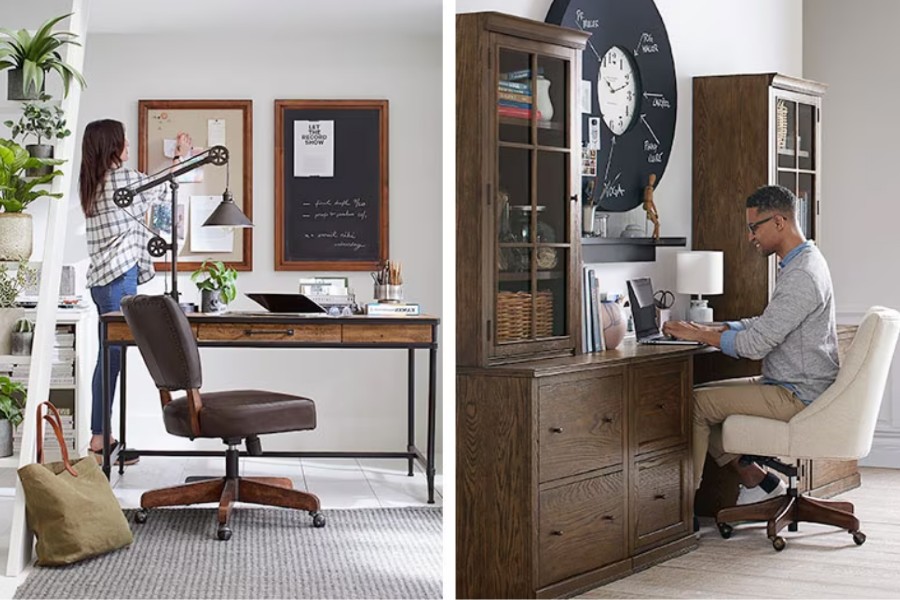
In the fast-paced world of business, the importance of a well-designed and functional workspace cannot be overstated.
Continue readingIn the modern work landscape, where remote and hybrid work setups are becoming increasingly prevalent, the significance of a well-designed workspace cannot be overstated.
Continue reading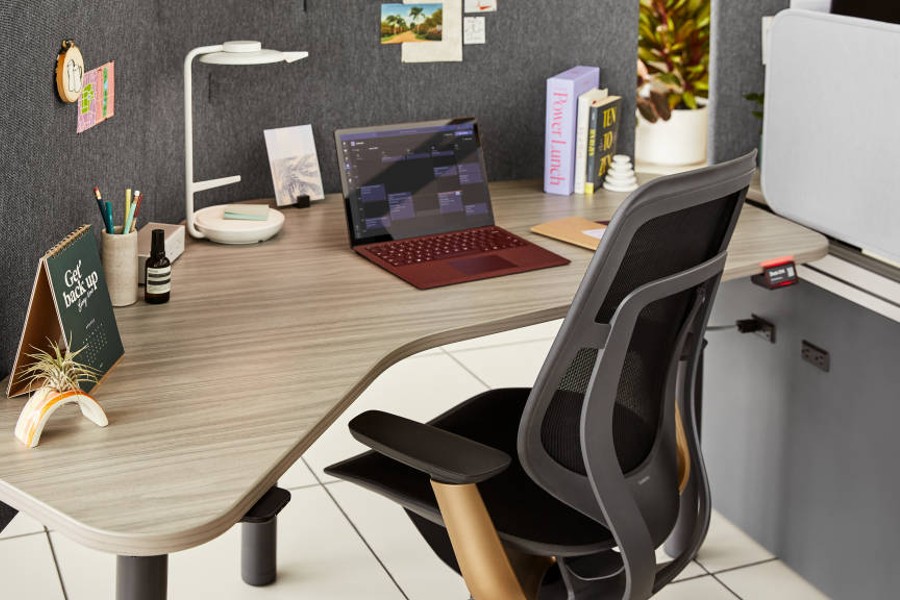
In the modern era, the design of office spaces has undergone a significant transformation. Gone are the days of dull, uninspiring cubicles and fluorescent-lit rooms.
Continue reading